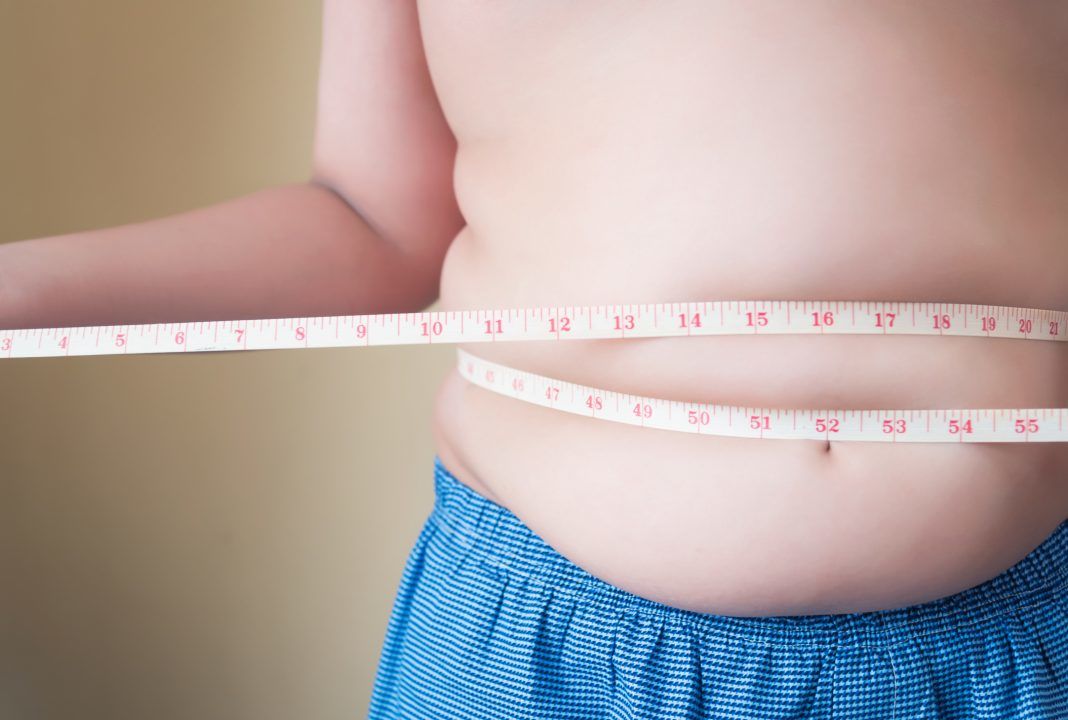Children from the UK’s poorest communities have far higher increases in body fat between the ages of seven and 17 compared with wealthier peers, a study has found.
Research by University College London (UCL) found that boys from the most deprived areas have 3% higher fat mass index (FMI) by the age of seven than those in the most advantaged areas.
By the age of 17, the FMI of boys from the most disadvantaged backgrounds jumps to an average of 23% higher.
FMI is a measurement of how much weight in fat a person is carrying relative to their height, and is calculated through a formula based on height and waist circumference.
It is considered more reliable that body mass index, which relies on total weight and can inaccurately indicate that muscular people are obese.
The research found there is an 11-fold increase in the difference in body fat between boys from poorer backgrounds and wealthier ones.
It was a similar picture for girls, with seven-year-olds from poor communities logging an FMI 12% higher than their better-off peers, with the gap jumping to 18% by the age of 17.
From seven to 17 there was a three-fold increase in the difference in body fat gained between the two groups.
The study was based on data from the Millennium Cohort Study, a nationally representative data set of 19,517 children born between 2000 and 2002.
The researchers tracked 15,131 of these children and examined their body composition at the ages of seven, 11, 14 and 17.
Area deprivation was measured using the Index of Multiple Deprivation, which tracks data on housing, crime, health, education, income and employment levels in a particular area.
The research also found inequalities between levels of fat to fat-free mass between the two groups.
Fat-free mass is a measure of all the component parts of the body except fat.
Children from poorer areas were had a far less healthy ratio of fat to fat-free mass.
At seven, the ratio was 5% higher among children from the most deprived communities compared with ones in weather areas, but by 17 it was 30%.
Charis Bridger Staatz, a PhD student at UCL Institute of Education, lead author of the report, said: “This (study) is concerning because if widening of these inequalities persists into adulthood, this will result in large differences in body composition, with subsequent consequences for health inequalities.
“Because fat-free mass, which includes both muscle and bone mass, peaks at an earlier age than fat mass, inequalities established in childhood might be harder to address in later life.
“Our findings reinforce the need for effective policies to tackle inequalities in obesity in childhood that consider differences in the environment.
“We know in the UK that disadvantaged areas have higher density of fast-food outlets and it is possible this, along with other obesogenic characteristics of the environment more common in deprived settings, is contributing to the stark inequalities we observe.
“Our results also suggest a need to consider promotion of physical activity in disadvantaged areas from an early age to improve the quality of fat-free mass, especially muscle, and the ratio of fat to fat-free mass.
“Steps taken earlier can reduce the need for public health interventions at later ages, where such measures might be less effective at reducing inequalities.”
The study was funded by the UK’s Medical Research Council and the Economic and Social Research Council.
It is among the first to compare children and young people’s body composition relative to their family’s socioeconomic background.
Senior author Professor Rebecca Hardy, of the UCL Institute of Education, said: “By looking at the areas in which people live as well as their individual circumstances, the study starts to untangle the role of neighbourhood environments, which may influence body composition through characteristics of the area such as fast-food density and green space access.”
The study is published in in The Lancet Public Health.
Follow STV News on WhatsApp
Scan the QR code on your mobile device for all the latest news from around the country


 iStock
iStock

























